Are you a master at building PC and integrating the hardware? Or, Are you familiar with installing all the computer hardware systems and thinking about starting a business to polish your skill?
Then you should know about the service charge for your service. Some even inquired about the cost of having one built for them.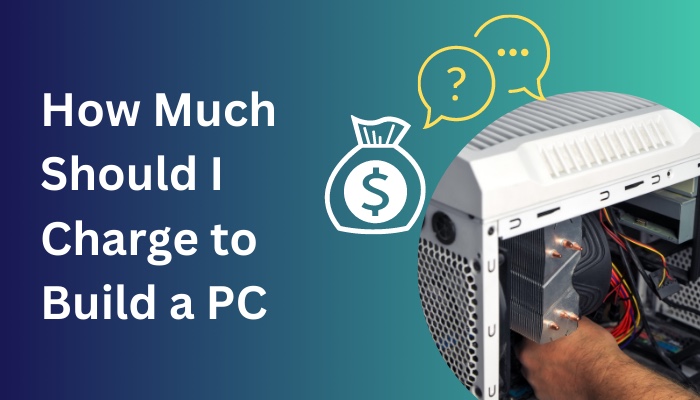
Similar to many other service-related occupations, building PCs is a paid career. You must be committed to making it a full-time business or a side income.
You should consider using your abilities as a side hustle if you’re thinking about doing so. Let’s start by talking about what a reasonable service charge would be.
How Much Should You Charge to Build a PC
You can charge from $75 and $125 per hour for PC construction. The average hourly wage for computer technicians in the US is $19. Assembling the customer’s PC components, such as the chipset, power supply, CPU, and other parts, is the most fundamental operation you may offer.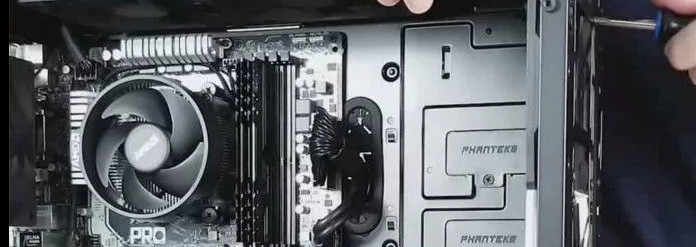
It really shouldn’t take more than an hour to do this. As the task gets more complicated and you have more duties, you can demand higher. For a setup with a specialized cooling system and RGB, you might ask $150 per hour or even more.
You should charge extra since installing an OS and apps will take longer.
Additionally, you can increase your payment by up to 10% of the total hardware cost if you take your time choosing and purchasing the equipment.
Do not even forget to offer your guests a great discount!
If constructing PCs isn’t your primary source of income, you might even choose to skip billing your buddies in favor of having them buy you a sandwich or extend an invitation to dinner.
However, we advise setting an hourly wage for yourself if you plan to make this a job. In this manner, you may calculate the length of a job and price your client appropriately.
Due to their high overhead expenses, retailers typically charge significantly more.
If a consumer comes to you directly rather than to a store, you can ask them for more than the PC builder’s hourly rate at the store but less than the amount the store would accept.
In this method, you and your consumer will benefit from a lower price. So, a win-win situation!
Ask around how many local stores charge for a comparable construction.
Then, charge your client a fee no higher than 60% of the going rate. If you’re a beginner builder, you may even offer the consumer a discount of 30%.
Make every effort to provide the most satisfactory experience conceivable.
Then request that your client recommend you to their friends.
You’ll obtain recommendations and eventually create a successful business in this way.
How Can You Calculate the PC Building Cost?
The average hourly wage for computer technicians in the US is $19. But this can vary. You need to purchase components on your own. So at that time, the charge should fluctuate.
Here are the processes of how you can calculate the PC building cost:
1. Hardware Component Purchasing
You can charge your customer for your experience and knowledge if you take the time to choose and purchase the parts for them. While some like to mark up the cost of the elements by around 10%, others like to demand an hourly wage.
Both strategies are valid, but keep in mind that buyers check the price. 
If there is a significant price gap between your pricing, those people can feel taken advantage of.
Inform the consumer upfront about the additional costs they will bear if you purchase the parts. You should also charge more for your other businesses while offering this service for free.
2. Assembling a Complex Architecture
Over time, assembling a PC has gotten simpler. Even the most basic constructions still demand talent.
High-end hardware workstations and gaming setups are significantly more challenging to construct. To achieve the best airflow, you may need to install numerous fans, each rotating in the proper direction.
Due to the likelihood that the case may have tempered glass on one side, cable management is even more crucial with these pricey setups. 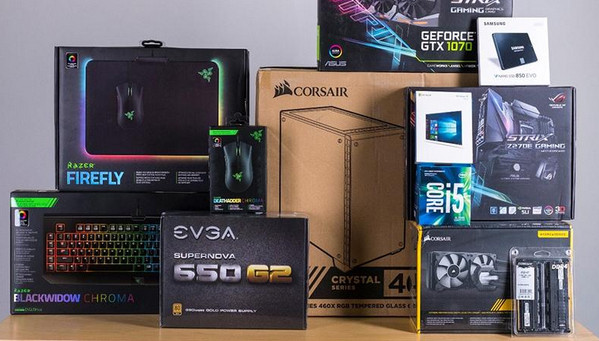
Another element that may make the project more difficult is RGB.
You will run out of connectors on your motherboard if you use more than a few RGB fans and lights. You’ll have to utilize a controller with extra connections to connect the RGB.
Last but not least, the customer can request that you install numerous storage disks, which will require some setup and configuration.
Consider these and other circumstances that can make the project more complex than typical when estimating the cost.
3. Liquid Cooling System Integration
High-performance desktops and gaming PCs frequently use fluids or liquid cooling.
There are two types: 1. Customized loops and 2. All-in-ones (AIO).
An AIO is a pre-assembled part with the CPU’s water block. You only need to install it because the pump and pipes are already attached.
With a customized loop, on the other hand, you’ll have to set up everything by yourself.
Separate water blocks may be used to calm your Processor, Graphics card, Main memory, and perhaps even NVME storage.
The loop must be planned and constructed using the appropriate tubes. Install the pump afterward, then add the proper cooling liquid to the coil. Additionally, some clients need transparent lines that can hold colorful liquids.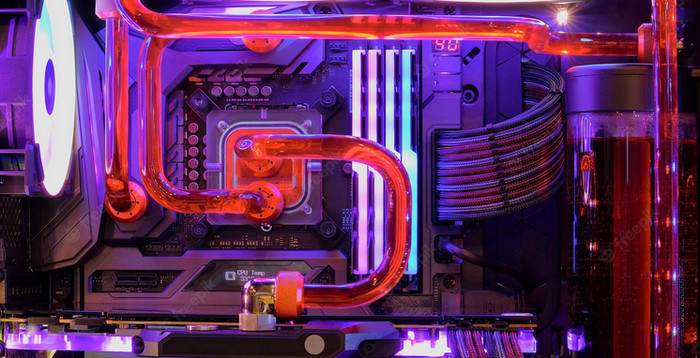
Since those liquids have the potential to freeze and jam the loop, handling them needs skill. At the time of implementation, a customized loop should always be billed individually to the customer.
If they want you to set up an AIO, you can increase your pricing by a certain amount.
4. OS Setup and Configuration
Installing Windows is the most accessible operating system to accomplish. Over time, doing so has gotten more uncomplicated and more straightforward.
Selecting an installation location, providing your licensing details, and repeatedly clicking Next is all it takes to install Windows 10 or 11.
But not everyone is capable of completing it without committing errors. When you need to install the software and set up the system, everything becomes a little more challenging. 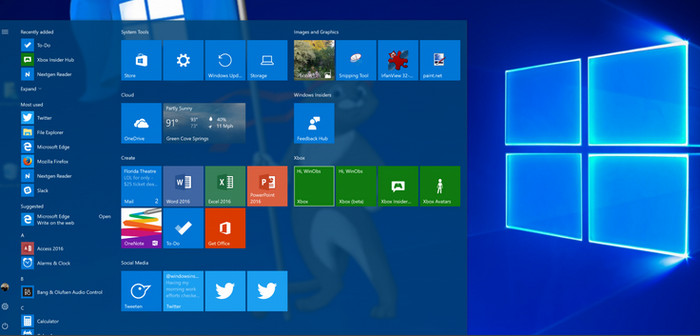
If the customer requests you to reinstall Windows and other applications for them, you should ask them for a few more cash.
OS based on Linux is trickier to install and demands more fiddling.
Depending on the complexity, you can charge a customer up to $90 to install Linux for them.
Furthermore, there is a more significant likelihood of anything going wrong during setup. Additionally, it will be more challenging to locate drivers that work with your hardware.
5. Software Installation
A customer’s software demands go further than only the os and drivers. Almost all computers come with word processors, photo editing applications, and media players.
Some clients could require specialized software that isn’t used for routine tasks. These comprise, to mention a few, CAD software, scientific simulations, and machine learning platforms. 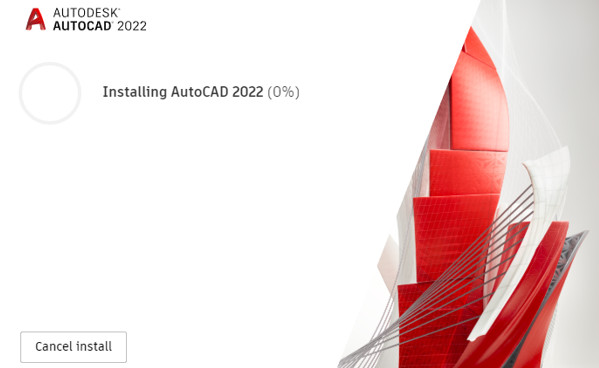
When confronted with these specifications, carefully examine if you know to install the application properly.
It’s OK not to be familiar with SQL Database and Programming languages configuration for a client who wishes to perform data analyses on their PC.
If you do, however, choose your price based on your hourly basis and let them know in advance how much it will cost. Due to their ignorance of the complexity, some consumers want you to set up these programs without charging them.
Also, let the client know they are responsible for software licensing and subscription bills.
6. Data Restoring
Another frequent necessity is the transfer of data from an outdated computer or laptop.
Most of the time, your consumers want to retrieve their data on a new device even when they have an older one that has been functional for years. 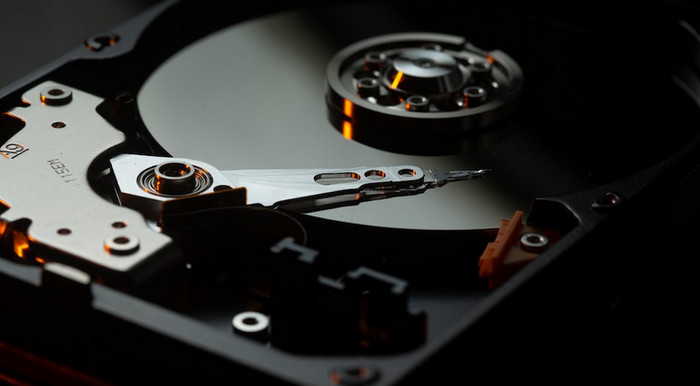
Usually, copying and pasting data from an old computer isn’t as simple as that. Moving the data to an M.2 SSD will take longer than moving them from one Drive to another when the previous system employs antiquated storage technologies, such as IDE.
Furthermore, recovering faulty data makes transferring files more challenging. As a result, you must charge more. Restoration is a difficult procedure that calls for technical knowledge.
7. Lifetime Service Guarantee
Slowly but surely, think about how long or whether you’ll ensure the installation.
There is a possibility that something may go incorrect with the installation in the future, just as with any technological effort.
The RGB might quit functioning. The bespoke water loop could become obstructed.
It’s possible that the computer won’t even turn on. Always let your consumer at least a week to utilize the product and let you know if there are any issues.
Additionally, you can promise that the building will remain for at least six or twelve months and that you’ll resolve any issues that arise free of charge.
The component guarantees have no relevance to the construction warranty. While the warranties are provided by the part manufacturers, the assurance is your commitment to your client.
This offer demonstrates your self-assurance in your talents and potential. It enables trust and offers your consumer some piece of mind.
You must honor your pledge if something bad happens with the device during the guarantee term. Although it’s customary to charge more for the guarantee, don’t go crazy.
The goal is to build trust with the consumer so they will recommend you to others and do business with you again. For the commitment, 5 to 15 % of your market rate for the construction will do.
Conclusion
Similar to many other service-related occupations, building PCs is one where clients will pay you for your knowledge and abilities. Whether you want to make it a full-time or side job, you must be committed.
Always give each build your utmost effort. After some time, people will begin to recognize the caliber of your job, and you’ll begin to receive projects consistently.
Now tell me how much time you spent building a fresh PC today.